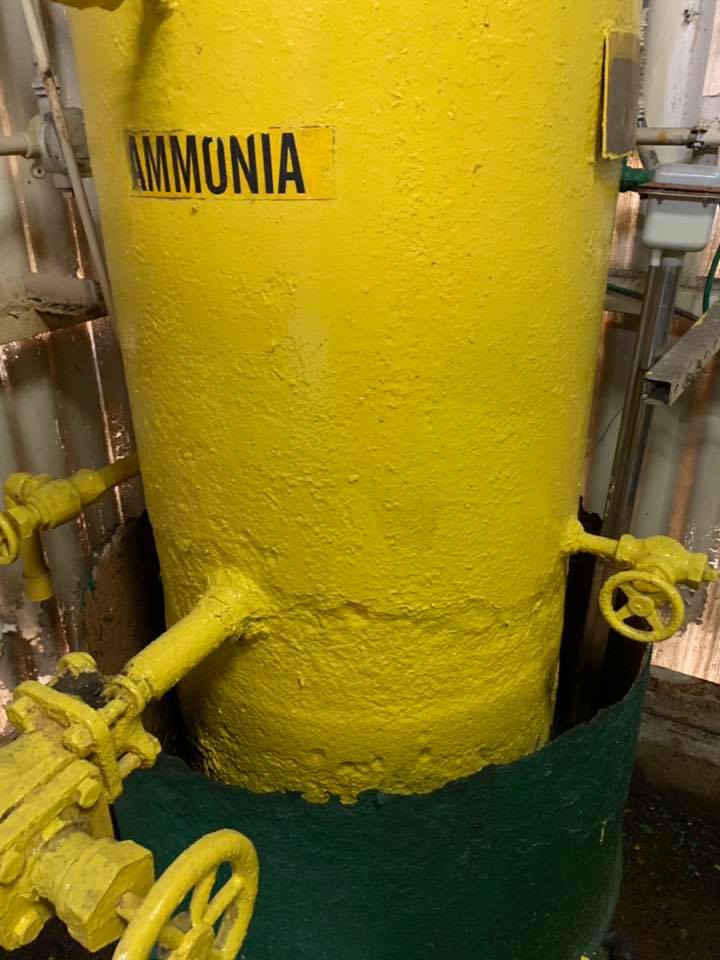Simply put, “corrosion allowance” is an extra amount of thickness added to the thickness of the pipe/vessel wall based on the expected exposure the pipe/vessel may see during its lifespan. Typically, my experience has been that corrosion allowance has a safety factor equivalent to 2 when the vessel/pipe was knowingly going to be exposed to external and/or internal corrosive conditions. This is intended to extend the life of the vessel/pipe, as it is extremely rare for carbon steel not to see corrosive conditions – just normal atmospheric condition can cause external corrosion on a poorly maintained vessel/piping. So why should I care about it?
The big reason why we care (or should care) is that the corrosion allowance plays a big role in our vessel inspections, especially “well seasoned” (e.g. old) vessels!
Recently I have learned of new vessels constructed with zero corrosion allowance in new processes for which there is very little industrial experience, as well as vessels with centuries of industrial experience.

